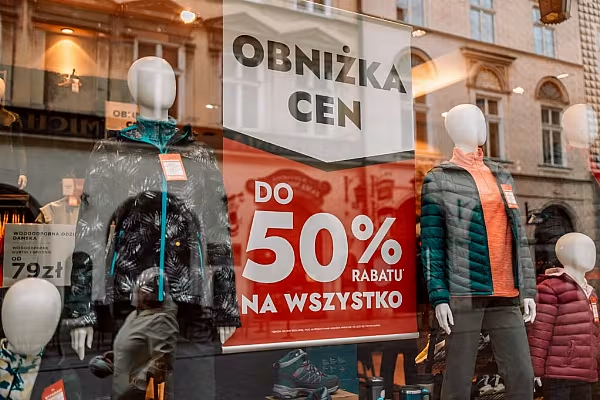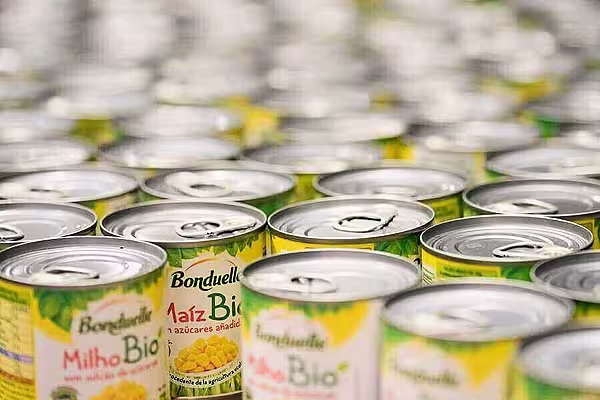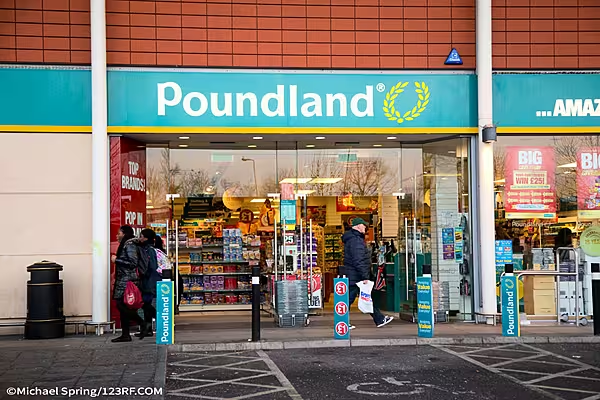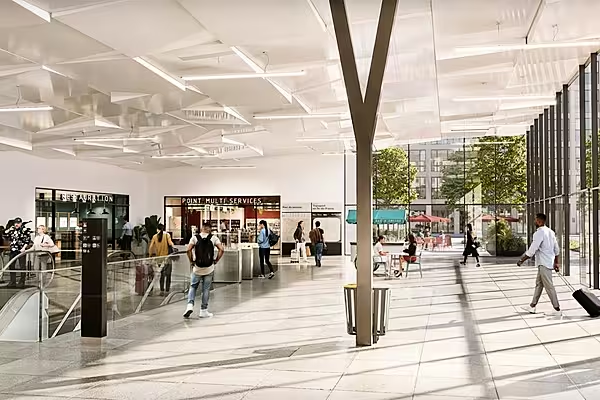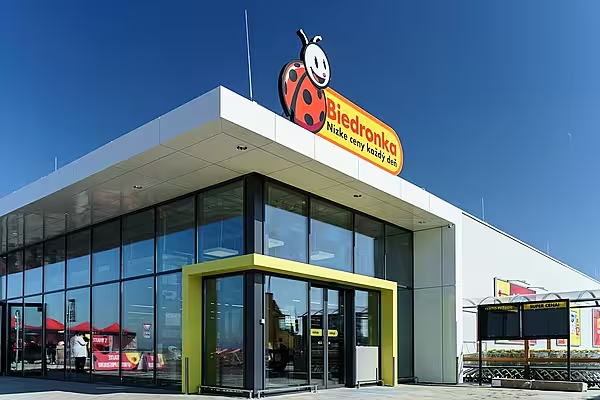Polish consumers remain on a cautious footing despite 'solid' recent income growth, leading to a 'slower than expected' increase in retail sales, a new report from ING has found.
Rafal Benecki, ING chief economist, Poland and Adam Antoniak, ING senior economist, Poland, said in a briefing note that it appeared consumption growth in the country was easing after a strong first quarter, adding that while economic growth was under way, its taking place slower than expected.
Retail Sales Increase
Polish retail sales increased by 4.4% year-on-year in June, according to recent data. This figure was below the ING forecast of 5.1% and the market consensus of 5.3%. In May, retail sales had risen by 5.0% year-on-year. Seasonally adjusted data indicates a month-on-month expansion of 1.5% in sales.
Car sales remained robust in June, showing a 24.3% year-on-year increase, while fuel sales saw an 11.0% year-on-year increase in June, up from 9.0% in May.
At the same time, however, sales in some categories declined sharply. Purchases of clothing and footwear fell by 19.3% year-on-year, a further drop from the 13.5% year-on-year decrease in May.
Food purchases also saw a deeper contraction, declining by 4.0% year-on-year after a 1.0% year-on-year decrease in May.
Cautious Sentiment
"Overall, the data indicates that Polish consumers remain cautious despite very solid income growth," Benecki and Antoniak noted. "Recent consumer sentiment surveys also indicate an increase in household concerns about future economic conditions and their own financial situation.
"The latter factor may be linked to the partial withdrawal of the energy shield. The marked increase in electricity and gas bills expected by households may prompt them to cut back on other spending."
In the second quarter of 2024, Polish retail sales increased by approximately 4.5% year-on-year, following a 5.0% year-on-year increase in the first quarter, ING noted. Despite this, the growth rate of household consumption in Q2 2024 was slightly lower than in Q1 2024, at 4.3% year-on-year compared to 4.6% year-on-year.
"However, the two long weekends in May probably supported demand for services, notably hotels and restaurants," the economists added.
